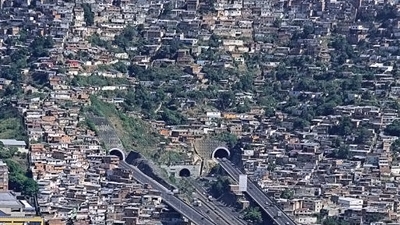Two billion new urban residents are expected in the next 20 years, adding to the world’s already burgeoning cities. Rapid urbanization, accompanied by increased competition for land, decreased vegetation cover, changes in land use, and greater variability in climate are drivers that alter population distribution, relative wealth or impoverishment, and potential hazards and vulnerabilities over a short time horizon.
To date the response to disasters has largely been reactive. Given the significant impact that natural hazards and climate change will have on urban investments, increasing priority is now placed on proactive, adaptive planning to reduce and manage the potential for disasters and climate change. With this recognition, the value of identifying, diagnosing and mapping high risk areas is gaining visibility and importance.
The Urban Risk Assessment (URA) presents a flexible approach that project and city managers can use to identify feasible measures to assess a city’s risk. The methodology focuses on three reinforcing pillars that collectively contribute to the understanding of urban risk: a hazard impact assessment, an institutional assessment, and a socioeconomic assessment.
The URA is structured to allow flexibility in how it is applied dependent on available resources and institutional capacity of a given city. Through a phased approach linked to complexity and required investment, city managers may select a series of subcomponents from each building block that individually and collectively enhance the understanding of urban risk. It lays the groundwork for the definition of a plan for strategic collaboration across city governments, the private sector and development agencies to begin benchmarking their own progress towards the reduction of urban vulnerability.
The URA brings convergence to related work undertaken across the World Bank and key partner organizations. The objective is to move towards a common cost effective approach for specifying where and how many people are vulnerable to natural hazards, in addition to identifying susceptible infrastructure that if damaged, would have knock-on detrimental effects on the urban population.
